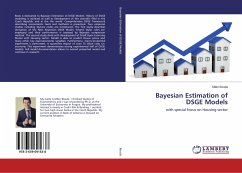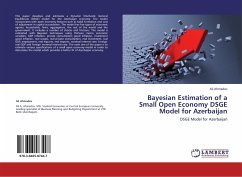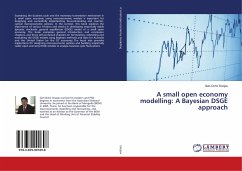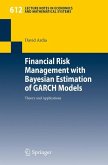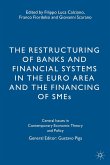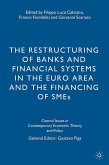Revision with unchanged content. Dynamic Stochastic General Equilibrium (DSGE) models have become a standard tool in various fields of economics. This type of models has a superior theoretical foundation when compared to the Keynesian models which are traditionally used for policy analysis and forecasting. Although a lot has been done to improve the empirical properties of DSGE models, there is still a need for further research in this field. In this book, the author first considers a closed economy general equilibrium framework to empirically validate the alternative mechanisms for introducing nominal rigidities. As the comparison is done in the context of the Euro area aggregate data, the results provide guidance to researchers dealing with estimation of Euro area DSGE models in general. In the second part of the book, a coherent economic and statistical framework that approximates the structure of the EMU and explicitly accounts for the historical monetary regime change is presented. In such a framework the disaggregate information on the Euro area can be utilized, so that one can explain the area-wide aggregates, and also examine the cross-region linkages.
Bitte wählen Sie Ihr Anliegen aus.
Rechnungen
Retourenschein anfordern
Bestellstatus
Storno


